If you’re a fruit enthusiast looking for something unique to grow, taste, and explore, the medlar fruit is a fascinating option that deserves attention. While it may not be as common as apples, pears, or berries, medlar (Mespilus germanica) has a rich history, distinct flavor, and interesting cultivation requirements that make it a delightful addition to gardens and kitchens alike. In this comprehensive guide, we’ll cover everything you need to know about medlar fruit—from its history and benefits to how to grow, harvest, and enjoy it.
What Is Medlar Fruit?
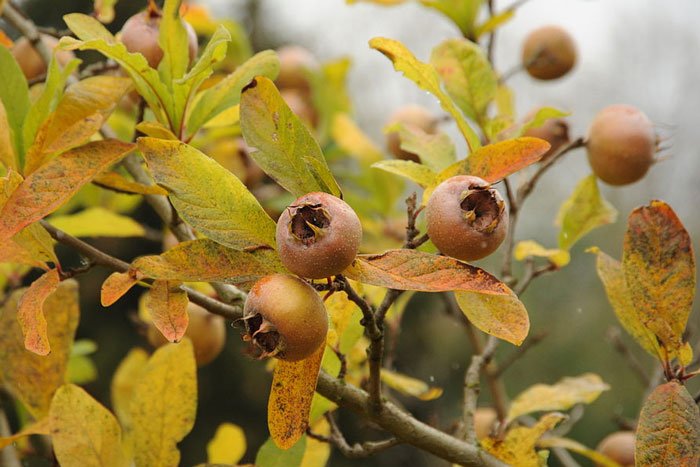
Medlar fruit is a small, pome-type fruit belonging to the Rosaceae family, the same family that includes apples, pears, and quinces. The fruit is typically round to oval, about the size of a large cherry or small apple, with a brownish color when ripe. One of the most unique characteristics of medlar is that it must undergo a process called bletting before it becomes edible. This process softens the fruit and transforms its flavor from astringent and hard to sweet, tangy, and rich—reminiscent of spiced apple sauce or apple butter.
History of Medlar Fruit
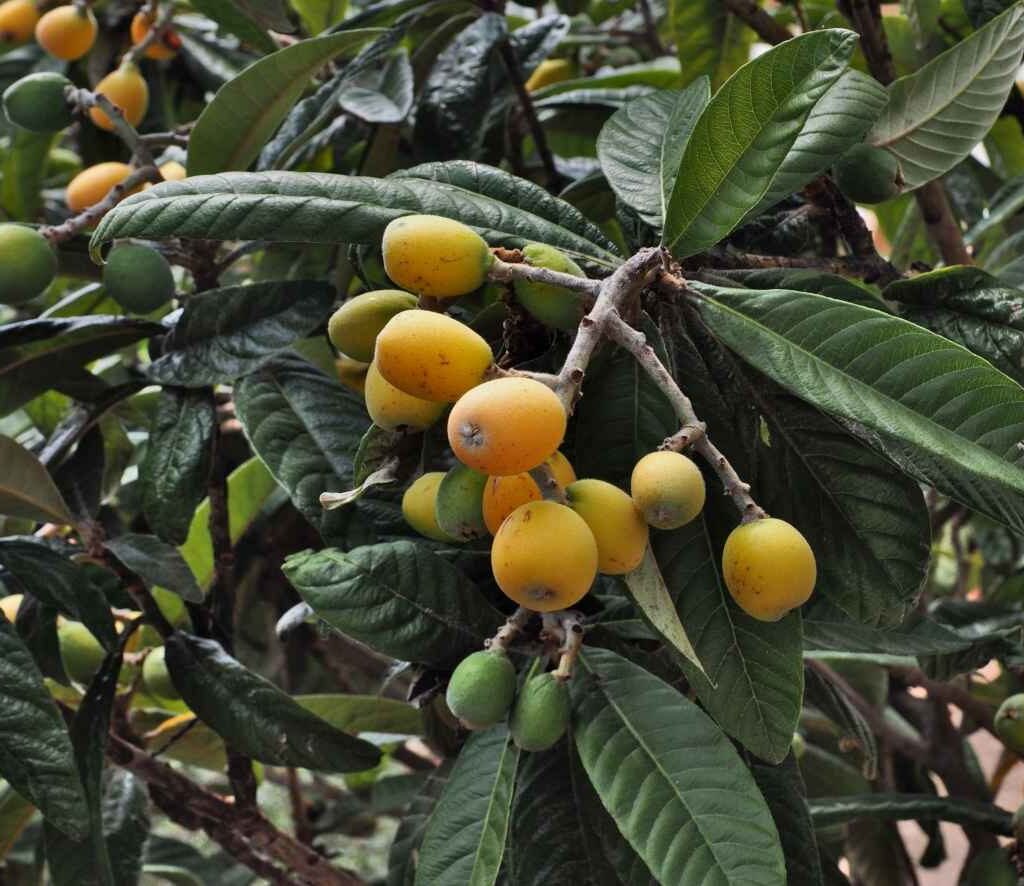
Medlar has a long and fascinating history that dates back thousands of years. Native to southwest Asia and the Mediterranean, it was cultivated in Europe during Roman times and became popular in medieval gardens. In fact, medlar fruit was considered a delicacy in Europe for centuries, often mentioned in literature and poetry. Famous writers like Shakespeare and Chaucer referenced the fruit, highlighting its cultural significance.
Despite its historical popularity, medlar declined in prominence with the introduction of more commercially viable fruits like apples and pears. Today, medlar is considered a heritage or heirloom fruit, cherished by gardeners and fruit enthusiasts for its unique flavor and historical charm.
Nutritional Value and Health Benefits
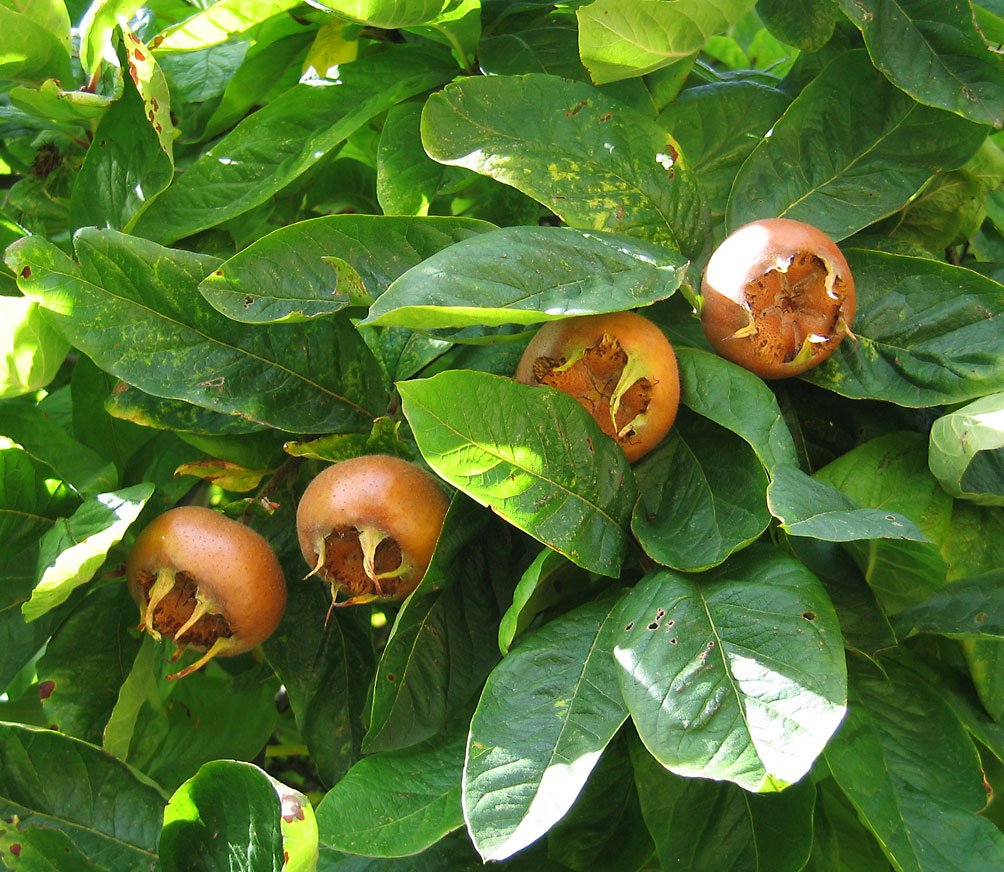
Medlar fruit is not just a historical curiosity—it is also nutritious and offers several health benefits:
- Rich in Fiber: Medlar is high in dietary fiber, which supports digestive health and helps maintain regular bowel movements.
- Vitamins and Minerals: It contains vitamins C, A, and several B vitamins, along with minerals like potassium, calcium, and iron.
- Antioxidants: Medlar has antioxidant properties that may help reduce oxidative stress in the body and support overall wellness.
- Digestive Aid: Traditionally, medlar has been used to aid digestion and alleviate mild gastrointestinal discomfort.
- Low in Calories: With its low-calorie content, medlar is a healthy addition to your diet, suitable for those watching their calorie intake.
How to Grow Medlar Fruit
Growing medlar fruit can be a rewarding experience for home gardeners. The tree is hardy, relatively disease-resistant, and can thrive in a variety of soil types. Here’s a step-by-step guide to cultivating medlar:
1. Choosing the Right Location
Medlar trees prefer full sun and well-drained soil. They are adaptable to both clay and sandy soils but thrive best in slightly acidic to neutral soil. Ensure adequate space for the tree to grow, as medlars can reach 10–15 feet in height and spread.
2. Planting
You can start medlar from seeds or young saplings purchased from a nursery. Plant the tree in early spring or late fall, giving it plenty of water during the first few months to establish strong roots. If planting multiple trees, remember that medlar trees benefit from cross-pollination, so having at least two trees nearby increases fruit yield.
3. Watering and Fertilizing
While medlar trees are drought-tolerant once established, regular watering is important during dry periods and fruit development. Fertilize with a balanced, slow-release fertilizer in early spring to encourage healthy growth and abundant flowering.
4. Pruning
Prune medlar trees in late winter or early spring to maintain shape and remove dead or diseased branches. Light pruning also improves airflow, reduces disease risk, and encourages better fruit production.
5. Pest and Disease Control
Medlar trees are generally hardy and resistant to many pests. However, occasional issues like aphids, scale insects, or fungal infections may arise. Organic treatments, such as neem oil or insecticidal soap, can help manage these problems without harming beneficial insects.
Harvesting Medlar Fruit
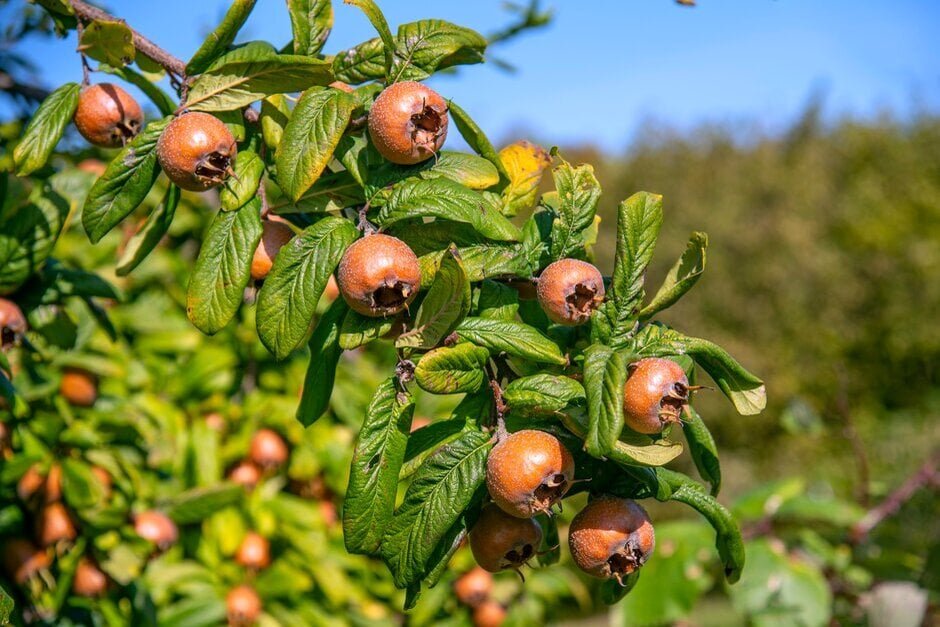
One of the most unique aspects of medlar fruit is its ripening process. Unlike most fruits, medlars are harvested late in the season, usually after the first frost. When harvested, the fruit is hard and astringent, making it inedible at this stage. To make it palatable, medlars must go through bletting:
- Place the fruits in a single layer in a cool, dry location.
- Allow the fruits to soften over several weeks.
- The skin darkens, and the flesh becomes soft and sweet.
- Once fully bletted, the fruit is ready to eat raw or use in recipes.
Culinary Uses for Medlar Fruit
Bletted medlar fruit is incredibly versatile in the kitchen. Its sweet-tart flavor adds a unique touch to many dishes. Here are some popular culinary uses:
- Raw Eating: Scoop out the soft flesh and enjoy it as a dessert or snack.
- Medlar Jam or Jelly: Cooked medlar with sugar makes a rich, flavorful jam perfect for spreading on bread or pairing with cheese.
- Medlar Sauce: Use bletted medlar as a sauce for roasted meats or desserts.
- Baking: Medlar can be incorporated into pies, tarts, or cakes for a distinctive flavor.
- Fermented Beverages: In some cultures, medlar is used to make wines or liqueurs.
Fun Facts About Medlar
- Medlar trees can live for over 50 years with proper care.
- The fruit is sometimes called “the poor man’s fruit” because it was historically accessible to everyone.
- Medlar trees produce fragrant white flowers in spring that attract pollinators.
- The fruit contains a small cluster of seeds at its core, similar to apples and pears.
Tips for Growing Medlar Successfully
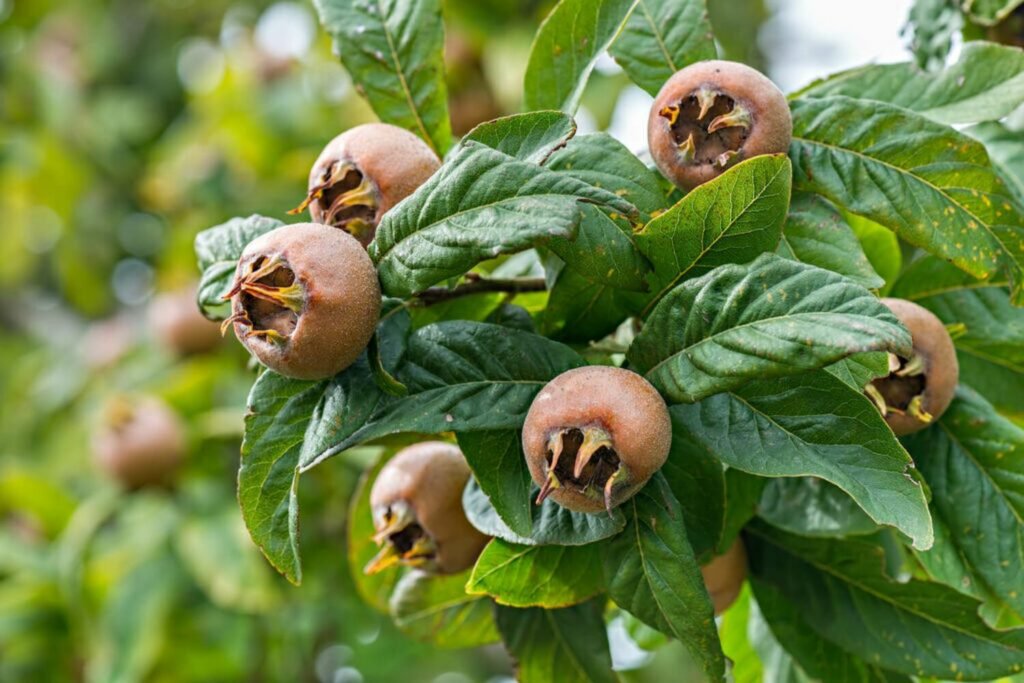
- Patience is key: Medlar trees may take a few years to produce significant fruit.
- Protect from birds: Birds enjoy medlar fruit as much as humans do, so consider netting if necessary.
- Companion planting: Planting medlar near pollinator-friendly flowers improves fruit set.
- Experiment with recipes: Don’t be afraid to try medlar in jams, sauces, and desserts—it’s a flavor adventure!
Conclusion
Medlar fruit is more than just an unusual plant—it’s a piece of living history, a source of nutrition, and a culinary treasure waiting to be discovered. With its fascinating bletting process, rich flavor, and easy-to-grow nature, medlar is perfect for gardeners seeking a unique fruit or food enthusiasts looking for new flavors. Whether planted in your backyard or grown in a container, medlar offers an experience that is both rewarding and delicious.
If you’re ready to explore heritage fruits and add something truly special to your garden, consider planting medlar. It’s a fruit with character, charm, and taste that has been cherished for centuries—and it might just become your new favorite!
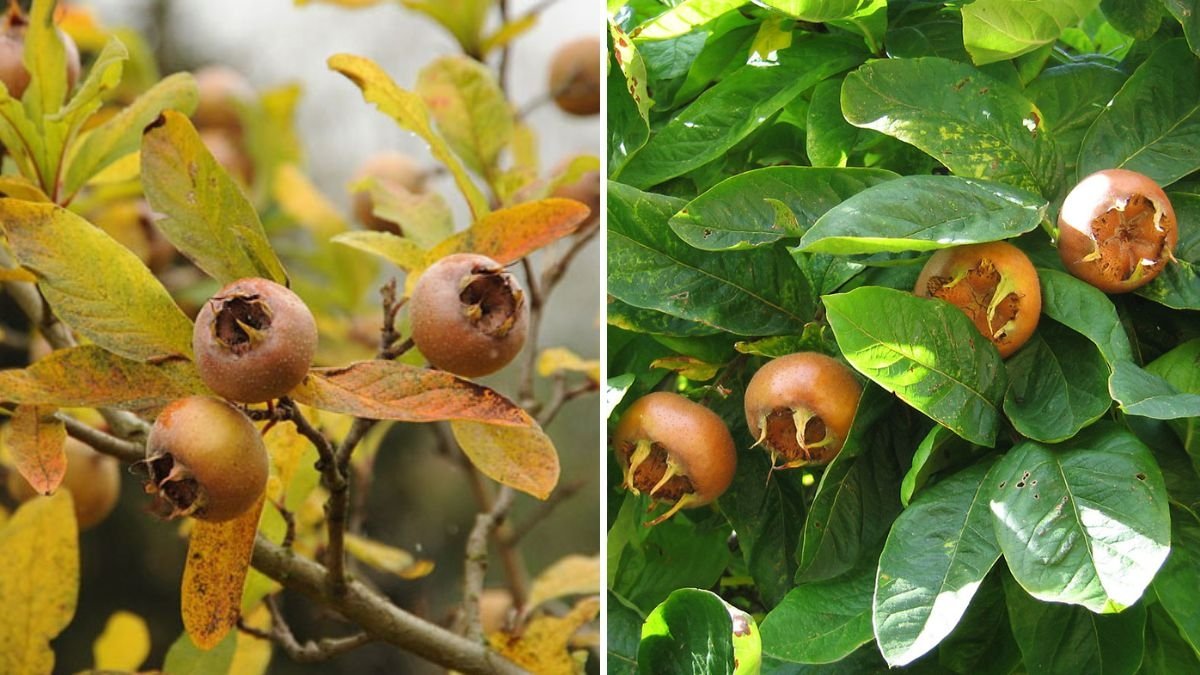
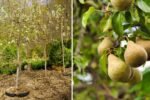
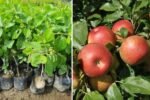

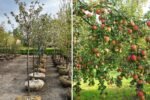

Leave A Comment